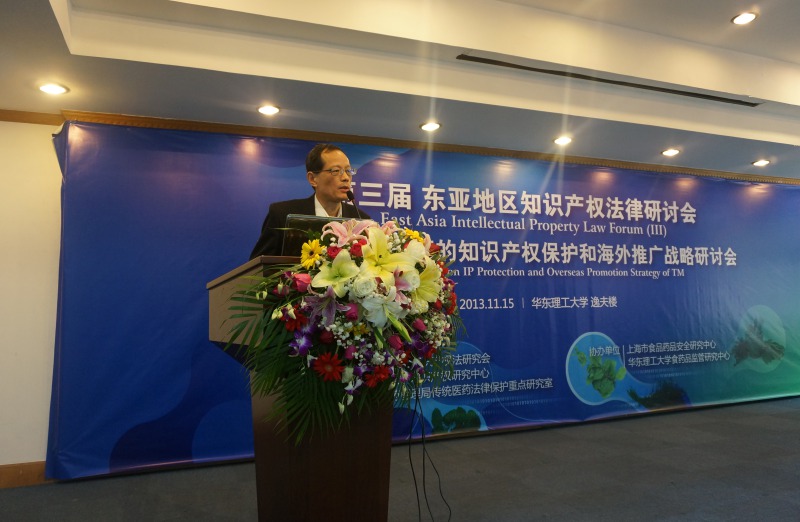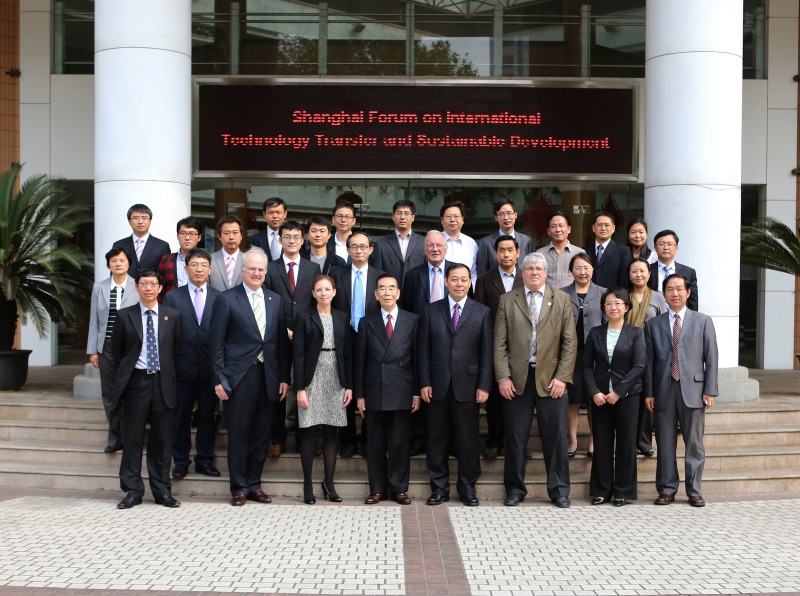"Luo GUI's story of moving south with his group" was listed in the seventh batch of municipal representative intangible cultural heritage projects in Jiangmen city
Up to now, Pengjiang district has one national intangible cultural heritage project, three provincial intangible cultural heritage projects, five municipal intangible cultural heritage projects and seven district-level intangible cultural heritage projects.
In the existing genealogy of the surnames of the Guangfu people in the Pearl River Delta and even overseas, there are clearly recorded ancestors who migrated from the Nanxiong zhuji lane. Although the migration time and reasons recorded in the genealogy of different surnames are different, the core leaders are the same person— — Luo Gui.
Luo Gui (1086-1147), a native of Taiyuan, Shanxi, was born in a bureaucratic residence in Zhushui, Shashui Village, Niutianfang, Baochang County, Guangdong Province. He himself is a tribute to Nanxiong Fu, and a master of the Han Dynasty. He was awarded the title of Jin Yiwei.
Liangxi Village, Yuxia Town, Pengjiang District, Jiangmen City is the end point of Luo Gui’s southward migration. So far, there are still many historical relics related to Luo Gui in Liangxi Village, such as Luo Gui Tomb and Roche Buddhism.
Led by Luo Gui, the southward migration embodies the spirit of pioneering and enterprising, daring to take on difficulties, unity and cooperation, which is consistent with the spirit of new era, new responsibility and new act. It is also the spirit needed by the development of the society in various periods and the great unity of the nationalities. It has common features with One Belt And One Road, greater bay area development and the mainstream spirit of innovation.
During the process of the southward migration of the residents of Zhuji Alley in the Southern Song Dynasty, many stories were circulated among the people. Luo Gui’s story of the move to the south is only one of them. These stories have become the collective memory of immigrants from generation to generation, enhancing the cohesiveness of unity and mutual assistance among immigrants and the sense of belonging to their homes, and constitute an important part of Lingnan culture.
Source: www.thepaper.cn
Time: 2019.09.19
next:“Hometown of Chinese Covered Bridges” Zhejiang Qingyuan


